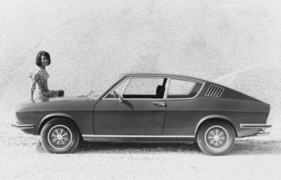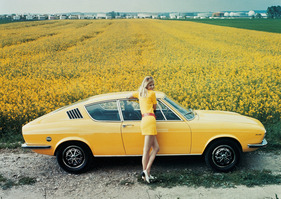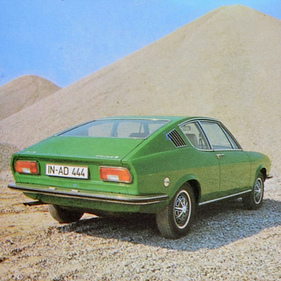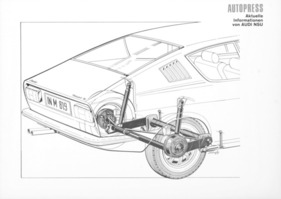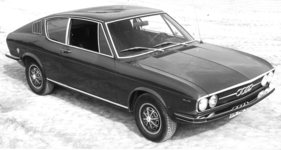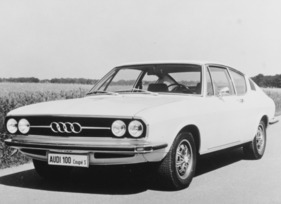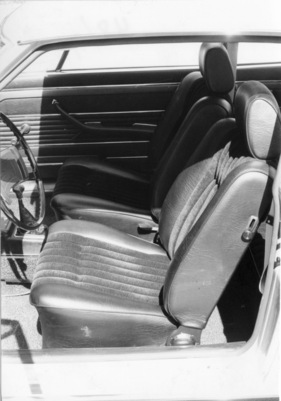Short and sweet - Audi 100 Coupé S in the (historic) test
Summary
At Audi in 1970, they took the term "coupé" literally and cut eleven and a half centimetres from the floor assembly of the 100 to transform the two-door notchback saloon into a sporty hatchback. The result was a touring car that was as fast as it was safe to drive. Only the space on offer was of course somewhat more limited, as this historical test report shows.
This article contains the following chapters
- Less wheelbase, more track width
- Less space, more equipment
- mot overall verdict
- Plus points
- Minus points
- Shifting gears correctly
- Technical data
Estimated reading time: 8min
Preview (beginning of the article)
Coupé S, says Audi: "For a new sports driver class." In fact, Audi's top-of-the-range model is not just a body variant (coupé on a shortened chassis), but a thoroughly elaborated model with its own character. More displacement than the Audi 100 saloons: 1858 (effectively 1871) instead of 1760 cc - thanks to a larger cylinder bore (84 instead of 81.5 mm) with the same stroke (84.4 mm). Two register carburetors. See page 13 for data. The high power output is not achieved from high engine speed, but from advanced flow technology in the intake system, combustion chamber and exhaust path; this enables the very high compression typical of Audi as the basis for high performance without overtaxing the fuel. The coupé engine has a compression ratio no higher than that of the 100 S or LS (10.2) and slightly lower than that of the Super 90 (10.6). Amazingly good elasticity - smooth acceleration from 45 km/h in fourth gear. Clean running also thanks to exemplary balancing of the crankshaft.
Continue reading this article for free?
Photos of this article























